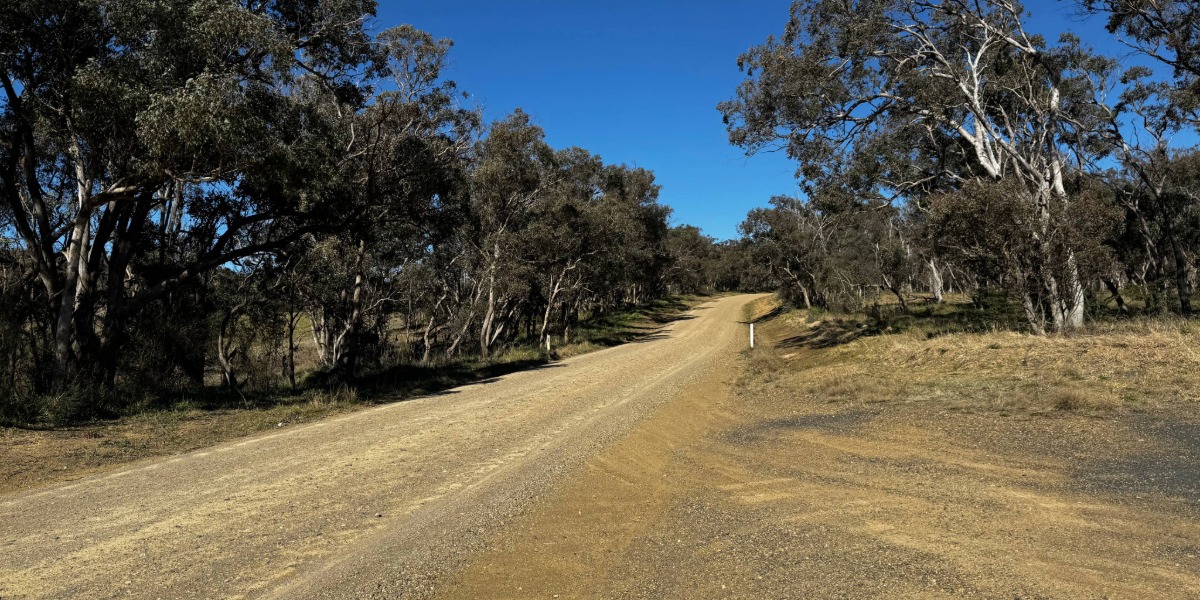A proposal to reduce the default speed limit on roads outside built-up areas to 80 kilometres per hour has sparked debate across regional Australia, with local leaders calling for investment in safer roads rather than slower travel.
The Federal Government is seeking public feedback on the proposal, outlined in a new Regulatory Impact Analysis under the National Road Safety Action Plan 2023–25. The change would see the default limit on unsigned rural roads lowered from 100km/h to 80km/h, with a separate limit potentially introduced for unsealed roads.
According to the Department of Infrastructure, the risk of dying on a regional or remote road is 11 times higher than in a major city. In 2024, 1,294 people were killed and more than 30,000 seriously injured on Australian roads, with speed identified as a leading factor.
“Travelling at up to 100 kilometres per hour on some unsealed or narrow regional roads can increase the risk of serious crashes,” the consultation paper states.
“Reducing travel speed on these roads can help prevent deaths and injuries by setting limits appropriate for their condition.”
However, the proposal has been criticised by local MPs who argue the government should prioritise road maintenance and upgrades instead of cutting speed limits.
Federal Member for Parkes Jamie Chaffey described the plan as “an insult to the people of the Parkes electorate and the hard-working councils that serve them”.
“Minister King is right, regional roads are dangerous. This is a result of the continual and systematic underfunding of the Labor Government,” Mr Chaffey said.
“It is unreasonable and unfair to again put the burden on the people of the Parkes electorate to make up for the government’s lack of support for regional New South Wales. Already, regional Australians face the challenges of distance that impact their health and livelihoods.”
He said local councils across his electorate were struggling with a road infrastructure backlog that had ballooned to more than $220 million annually, despite widespread flood damage and disaster funding shortfalls.
“Now, through this ridiculous stop-gap plan, they are basically saying our residents don’t deserve the roads the rest of Australia has,” he said.
Member for Northern Tablelands Brendan Moylan echoed the criticism, calling the proposal “a cop out and a lazy excuse for not properly investing in the maintenance and safety improvements of regional roads”.
“We need safer roads to travel on, ones that aren’t crumbling under our wheels and that have the same safety infrastructure as roads in the metro areas,” he said.
Public consultation on the proposed change is open until 27 October, with feedback invited at infrastructure.gov.au/have-your-say.
Tamworth ramps up $4.2 million resealing program
Also announced today, Tamworth Regional Council has begun its annual road resealing program, investing $4.2 million to protect and extend the life of more than 300 road segments across the region.
A further $1.8 million in resealing works will take place before June 2026, funded through the Council’s 2025–26 road maintenance budget bolstered by last year’s Special Rate Variation.
Manager Operations Murray Russell said the program focuses on preventative maintenance.
“Once that road pavement is damaged, it becomes a lot more expensive and takes a lot longer to repair,” he said.
Mayor Russell Webb said the program delivers on Council’s commitment to fix local roads.
“The community is constantly telling us to fix the roads, and that is exactly what we are doing,” he said.
Roads already resealed include Moore Creek Road, Nundle Road, Carter Street and Burgmanns Lane, with further works scheduled at Kia Ora Lane, Regans Road, Spains Lane and Kingstown Road.
Traffic management will be in place during works, and road users are asked to observe speed limits and follow the directions of traffic controllers.
For more information, visit tamworth.nsw.gov.au/roads.
Don’t miss any of the important stories from around the region. Subscribe to our email list.

